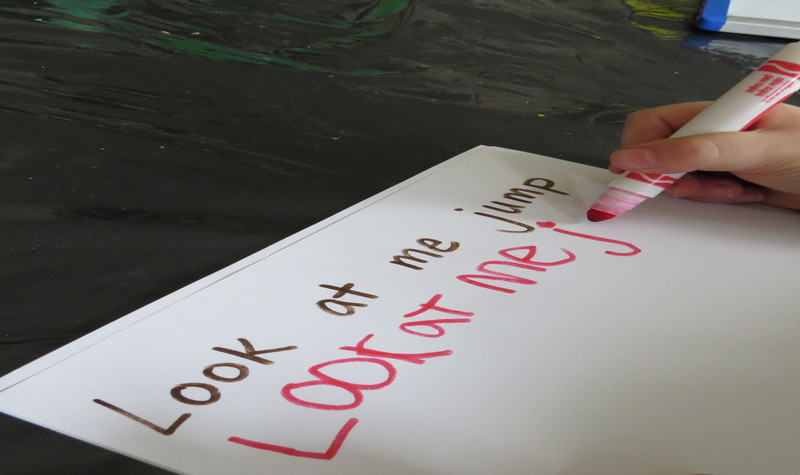Writing “sight word sentences” is a very effective spelling strategy to help children learn and remember how to write high frequency words, which are also known as sight words.
Learning to spell these words in the context of a sentence helps them distinguish and remember when to use words that are spelled similarly, such as, “were, where and we’re.”
Follow the steps below to complete the activity each week. Once you get started you’ll see how simple this spelling exercise is for you to conduct and for your child to complete.
FIND OUT WHERE YOUR CHILD IS AT
FIRST, find out where your child is at.
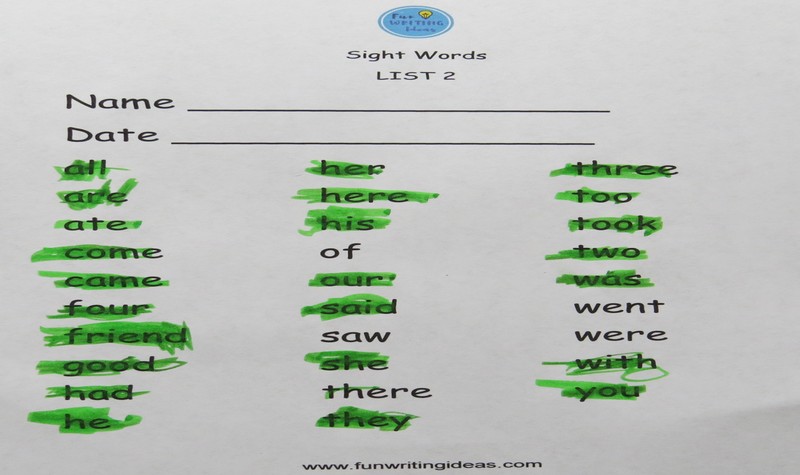
Print WORDS LIST 1. Read off one word at a time.
Your child writes each word that you say on a separate sheet of paper. Highlight each word on the list that your child spells correctly. If your child spells all of the words correctly on WORDS LIST 1, move to WORDS LIST 2.
Continue until your child can’t spell all the words correctly on a list. If it’s LIST 1, begin with SENTENCES LIST 1, if LIST 4, begin with SENTENCES LIST 4.
PRINT THE LISTS
Here are the lists of words to print out:
Note: If your students can spell ALL of the words on ALL of the lists, you can begin creating your own sight word sentences for them using the words that they spell incorrectly in their free writing.
BEGIN WRITING SENTENCES
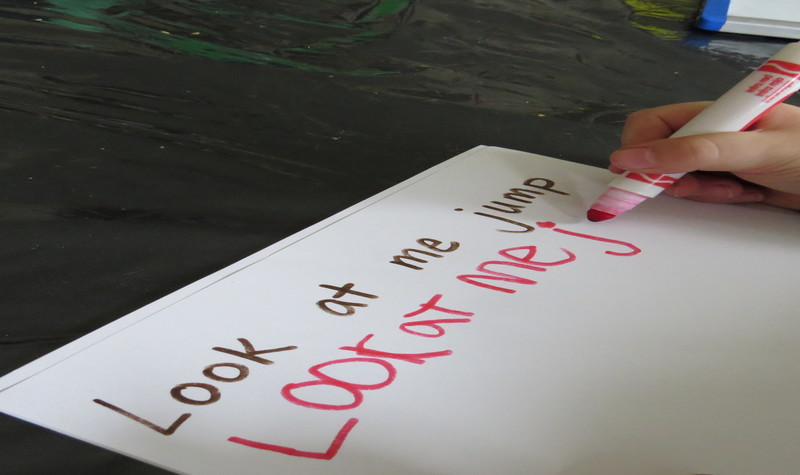
SECOND, have your child begin writing their first sight word sentence.
Print the SENTENCES LIST that your child needs to start on.
Here are the lists:
You (the teacher) write out the first sentence from the SENTENCES LIST in a notebook or on a piece of paper. Your child then copies the sentence 3 times, changing the last word each time.
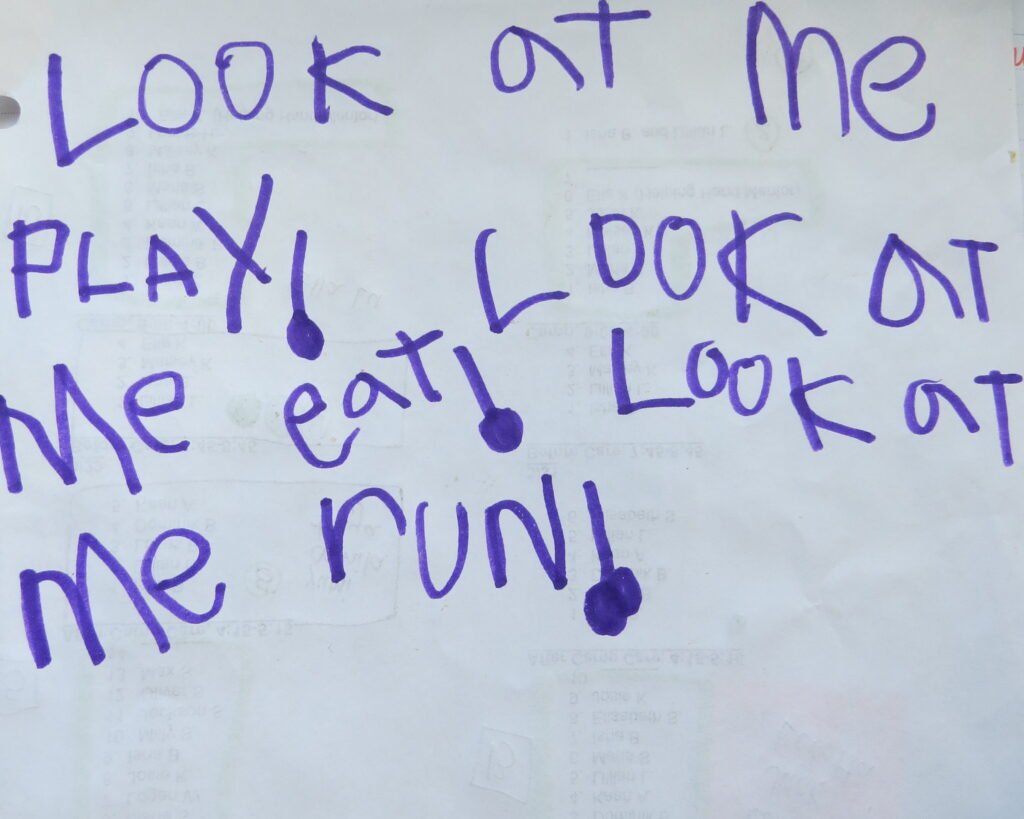
Your child can change the underline word each time to make it fun. The underlined word does not have to be spelled correctly. When your child writes the sentences, each sentence should have nice handwriting, a capital letter at the beginning, spaces, correct spelling and punctuation at the end. If your child writes a sentence incorrectly or in a sloppy, careless fashion, simply have him/her write it one more time.
IN ONE WEEK
Imagine following a schedule like this:
1. Your child writes the sentence 3 times on Monday, Tuesday and Wednesday. Remember the child can change the last word each time to add variety and humor.
2. On Thursday and Friday, your child can write freely about ANY topic that interests him/her.
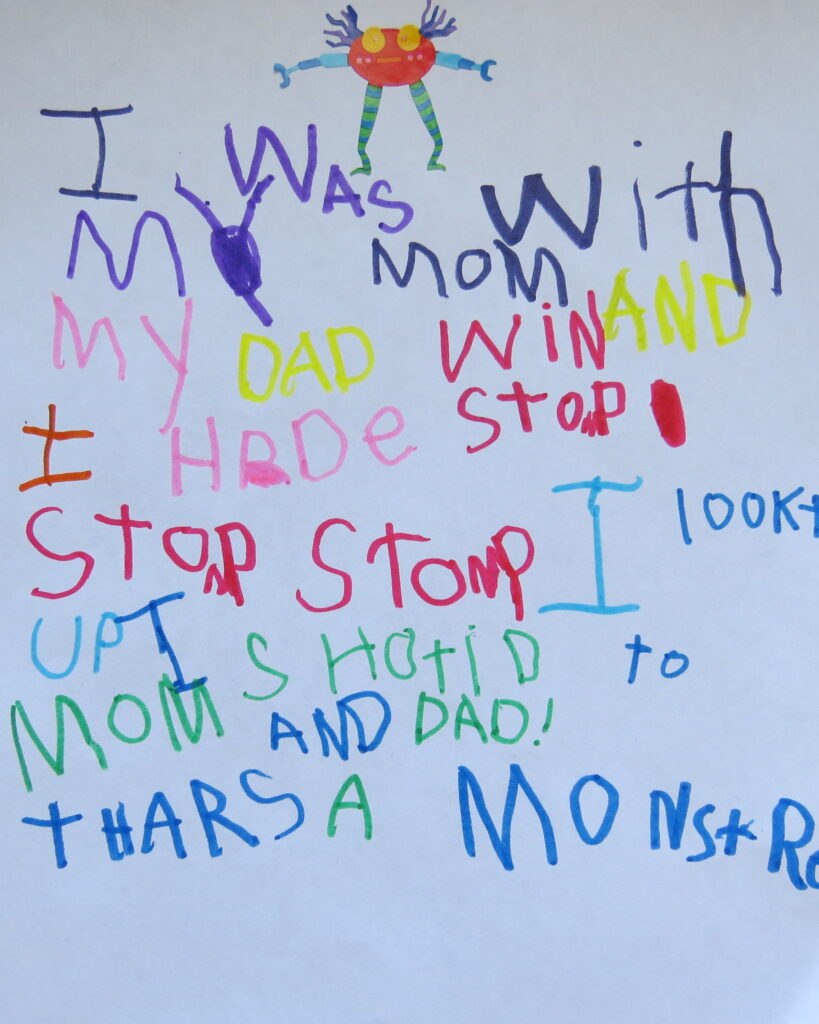
Topics can include Non-Fiction Facts, Personal Narrative, How-To (instructions), Opinion or any fun creative story.
On Thursday and Friday, the general expectation is that:
K-1st Graders should try to write at least 5 sentences per prompt
2nd Graders should try to write at least 10 sentences per prompt
3rd Graders should try to write at least 15 sentences per prompt
4th Graders should try to write at least 20 sentences per prompt
5th Graders should try to write at least 25 sentences per prompt
Note: If your child is older and just beginning this strategy, start small and work up to a goal over time. For example, a 5th Grader might start by writing 10 sentences per prompt.
When I teach guided writing lessons, each story has 5 sections. A K-1st Grader writes 1 sentence per section, equaling 10 5 sentences for the entire story. A 2nd Grader typically writes 2 sentences per section, equaling 10 sentences for the whole story and so on. You can learn how I guide students to complete each writing prompt in my post titled: Guided Writing Lessons for Grades K-5.
If you would like your child to complete full, outlined writing prompts, you can find many HERE on my FREE website, www.funwritingideas.com.
THE FOLLOWING WEEK
The following week, introduce the next sentence on the SENTENCES LIST for your child to write 3 times on Monday-Wednesday.
Thursday and Friday, your child writes freely. Continue this pattern week after week progressing through the sentences.
If you see your child is learning to spell the words/sentences quickly, you can have him/her cover 2 sentences in one week, or even 3.
PRINT THE STEPS TO THIS SPELLING STRATEGY
If this spelling strategy works well for you, share it with a friend! Parents have given me great feedback regarding this strategy. It’s so easy for you, the parent to implement AND for your child to finish. It’s also the most effective spelling strategy I’ve ever seen or used in my 20+ years of teaching hundreds of students from all walks of life and language.
If you would like to continue to receive easy and effective writing exercises, just let me know by subscribing to my FREE newsletter to the right of this post.
